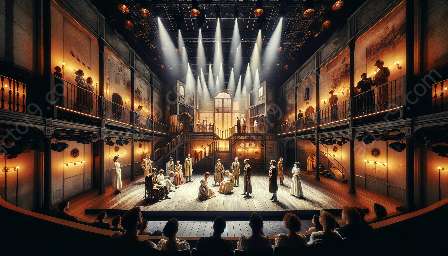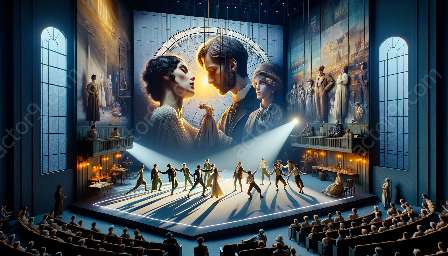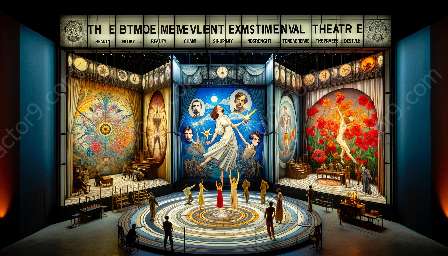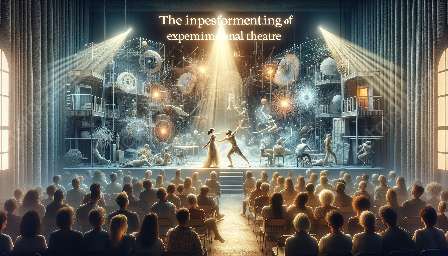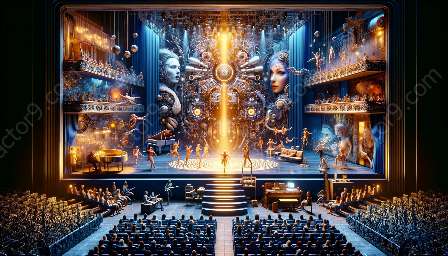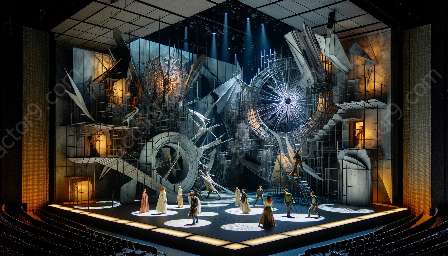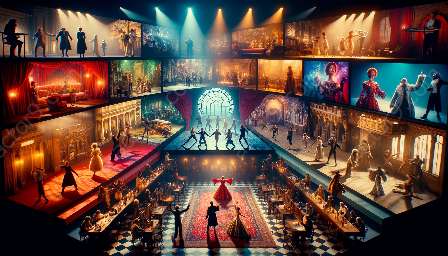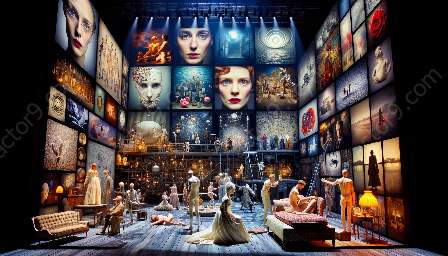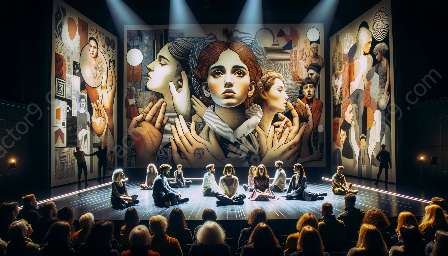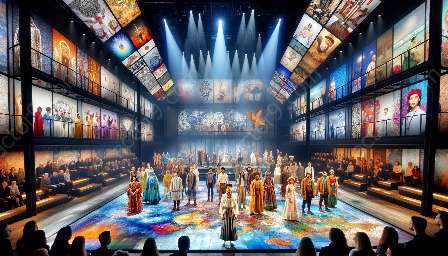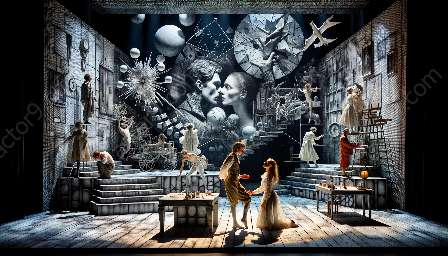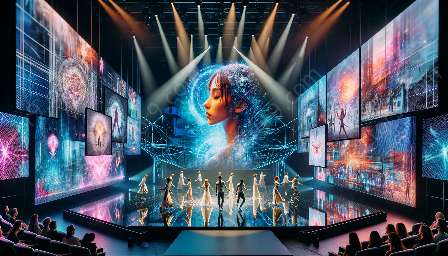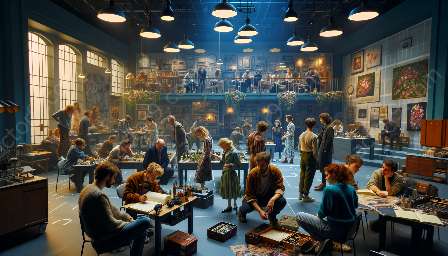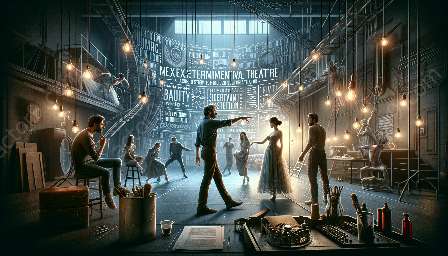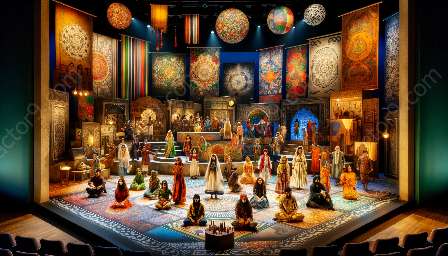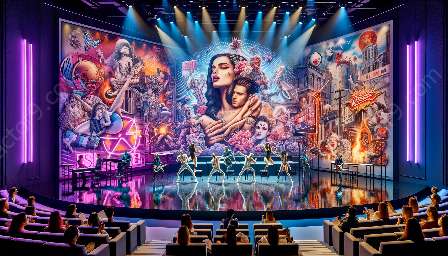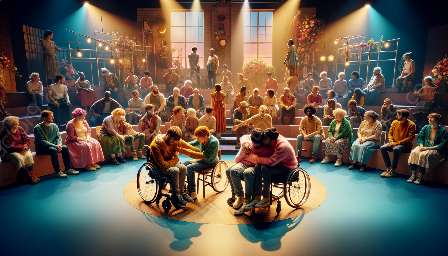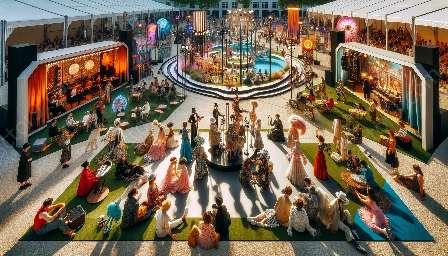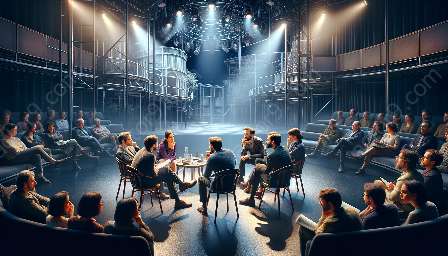Experimental theatre serves as an art form that pushes boundaries and questions conventional norms. A significant aspect of this exploration involves the way it delves into gender and identity in the directorial process. This discussion will examine how experimental theatre highlights and challenges preconceived notions surrounding gender and identity, along with the techniques used in directing for this particular style of theatre.
Understanding Experimental Theatre
Experimental theatre is a genre that emphasizes innovation, non-traditional storytelling, and unconventional performance techniques. This form of theatre is often highly imaginative, utilizing diverse elements such as movement, multimedia, and non-linear narratives to convey its themes and ideas. In the context of gender and identity, experimental theatre provides a platform to deconstruct and reinterpret these complex concepts.
Gender and Identity in Experimental Theatre
One of the fundamental ways in which experimental theatre explores gender and identity is through the deconstruction of traditional gender roles and stereotypes. In directing experimental theatre, directors often blur the lines between gender, allowing performers to embody various gender expressions and identities. This approach challenges audiences to rethink their perceptions of gender and identity, fostering a more inclusive and open-minded outlook.
Furthermore, experimental theatre frequently delves into the nuances of identity, including but not limited to race, sexuality, and socio-cultural backgrounds. Directors in this genre often work with performers to authentically portray diverse identities, emphasizing the multifaceted nature of human experiences. This process encourages audiences to embrace the richness of different identities and fosters empathy and understanding.
Directing Techniques for Experimental Theatre
Directing for experimental theatre requires a distinct set of techniques that align with the genre's innovative and boundary-pushing nature. The following are key directing techniques commonly employed in experimental theatre to explore gender and identity:
- Devising and Collaborative Creation: Instead of following traditional scripts, experimental theatre often involves devising and collaborative creation, where the director and ensemble work together to develop the performance material. This approach allows for in-depth exploration and embodiment of diverse gender and identity narratives.
- Physical and Spatial Exploration: Directors in experimental theatre utilize physicality and spatial elements to convey gender and identity themes. This may involve non-verbal communication, symbolic movements, and unconventional use of space to evoke visceral and emotive responses from the audience.
- Multi-sensory Experience: Experimental theatre often incorporates multi-sensory experiences, integrating visual, auditory, and tactile elements to immerse the audience in the exploration of gender and identity. By engaging multiple senses, directors can create impactful and thought-provoking experiences that resonate with the audience.
- Breaking the Fourth Wall: Directors may intentionally break the fourth wall, allowing direct interaction between performers and the audience. This technique can create intimate and immediate connections, prompting viewers to actively engage with the themes of gender and identity presented on stage.
Pushing Boundaries and Enriching Discourse
Experimental theatre serves as a catalyst for interrogating and redefining gender and identity paradigms. By utilizing unconventional storytelling techniques and innovative approaches to directing, this genre offers a space for marginalized voices, diverse narratives, and critical reflections on societal constructs. The intersection of experimental theatre and the exploration of gender and identity in directing not only pushes boundaries but also enriches the broader discourse surrounding these crucial aspects of human experience.
In conclusion, the intersection of experimental theatre with gender and identity in directing showcases a commitment to creating thought-provoking, inclusive, and dynamic performances. As directors and performers continue to push the boundaries of traditional storytelling, experimental theatre will undoubtedly remain a powerful platform for introspection, empathy, and celebration of diverse gender and identity expressions.

